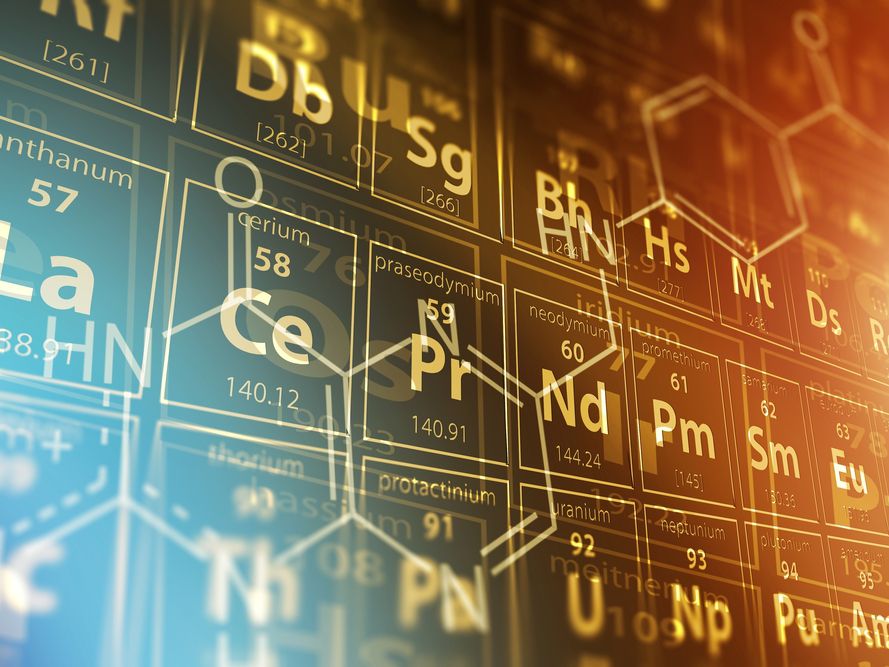What do we have in common with our ancestors 100, 200, 2000 years ago? We’re curious.
Humans have created the world we live in today on a foundation of innovation, curiosity and adaptability.
There are currently 118 know elements that exist in the world: through science and creativity, we’ve been able to find, manipulate, blend and create every resource known in our modern lives, from the shoes you wear, to your mobile phone, fridge, toaster, car, house, light bulbs, aeroplanes: everything! What a different world we would live in without exploration and extraction of earth resources?!
We are currently in an exciting period which strives to unlock the value of Australia’s natural resource base while delivering a more productive, lower cost, socially and environmentally responsible global minerals industry.
In line with this, Red Rock Australasia’s (RRAL) mission is one of education, understanding and transparency. We aim to educated on the importance of the Earth Sciences and the essential changes in industry which foster more sustainable operations through practical tools, knowledge and innovation in the areas of decision-making, environmental management, social responsibility and social licence to operate.

What is Exploration?
Exploration is a range of activities to help determine if there are minerals under the ground.
Initial exploration activities, such as mapping, will start over a large area and then target smaller and smaller areas. The aim is to see if mineralisation is at levels large enough to be extracted.
Exploration for minerals may involve:
mapping
surveying the ground from the surface or air
testing water and soil samples
drilling
Exploration is strictly governed. Minerals explorers need to apply for a licence. An exploration licence does not permit mining or guarantee that a mining licence will be granted.
The process in Victoria
Just as you may be able to drive a car well, you are not legally permitted on the road without a drivers licence.
Exploration is strictly governed through Earth Resources Regulation (ERR). Minerals explorers need to apply for an exploration licence. Just as drivers are granted a licence, it also binds them to a large number of rules and regulation which are designed to keep them and the community safe.
In Victoria mineral exploration and mining activities are regulated under the Mineral Resources (Sustainable Development) Act 1990 (MRSD Act). It is based on the principle that well-planned and managed exploration projects should have little or no lasting impact on the environment and impose minimal disruption to other land users and the community. All licensees have a duty to consult with the community throughout the period of the licence, so once granted, RRAL can begin our planning and consultation process.
To be granted a Licence
Before explorer can start mapping and understanding the Geology of the land, they must be granted a licence to do so.
The Regulations provide that an application for an exploration licence must be advertised by publishing a local and state-wide physically printed advertisement, as well as on the applicants website.
Any person may object or comment on the licence being granted, and the community is encouraged to seek clarity on their concerns with either ERR, or the applicant. Red Rock Australasia is committed to helping the community understand the process and their rights, and are encouraging and welcoming of any pre licence approval queries or concerns (contact Red Rock Australasia directly).
The Government requires any objections/comments as part of the application process be directed through the Resource Rights Allocation Management (RRAM) business portal, which is an online licensing tool operated by Earth Resources Regulation.
Red Rock is not in operation of this process. Just as when you are getting your drivers licence, the department of licencing has a process to issue you one, and you are not involved in the decision making of this.
Published notices clearly outlines a 21 day window from the last day of advertising to lodge comments/objections with RRAM (via any of the contact methods listed) and they make an assessment of the objections before granting a licence.
Once Granted
Once a licence is granted, exploration companies have a duty to:
consult with the landholder or resident
manage environmental impacts
consider public safety and land use concerns
negotiate access and/or have compensation agreements in place with landholders
share information on any activities authorised under the licence
provide the community with a reasonable opportunity to express views about those activities.
The licensee (licence holder) needs to take all reasonable measures to:
minimise the impacts of drilling operations
protect the environment, human health and services.
Red Rock does not view consultation as a duty, as we have a philosophy and a willingness to behave as good corporate citizens. We have a moral social responsibility to respect all stakeholders and the environment at all times. This consultation starts in specific areas once we have the licence to do so. We cannot enter onto private land without the informed consent and permission of landowners. If we ascertain we would like to explore onto private property we will contact and consult directly. However, most of our areas of priority fall on crown land.
Activities
At this stage any forecast exploration for RRAL activities are classed as ‘’reconnaissance” activities – this means there is no lasting social or environmental impact: this includes studying and collecting historical data (from the library), satellite mapping, and soil sampling, which involves very small samples (a table spoon or so) taken away for offsite analysis. This allows us to better understand and map out the Geology across Victoria.
If we ascertain we would like to further understand the geology in specific area’s, drilling may be planned, however approval and consultation with all stakeholders of the area is necessary, along with work plan approvals and environmental rehabilitation considerations.
